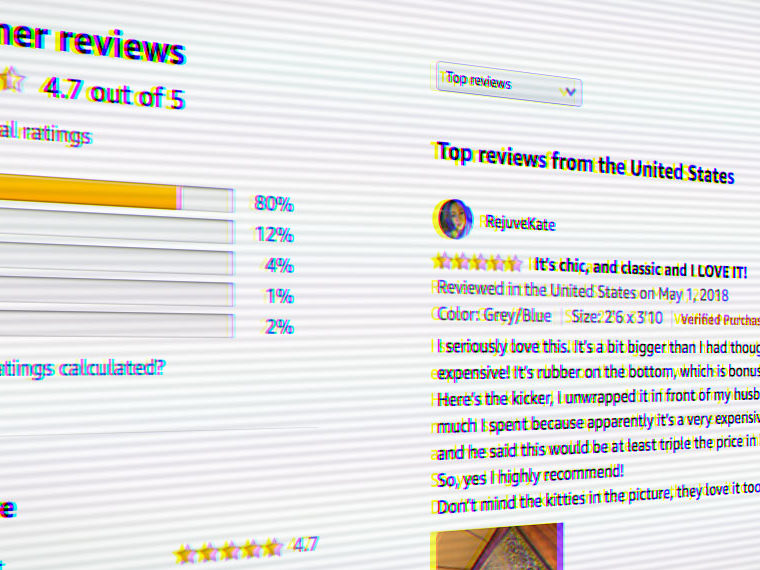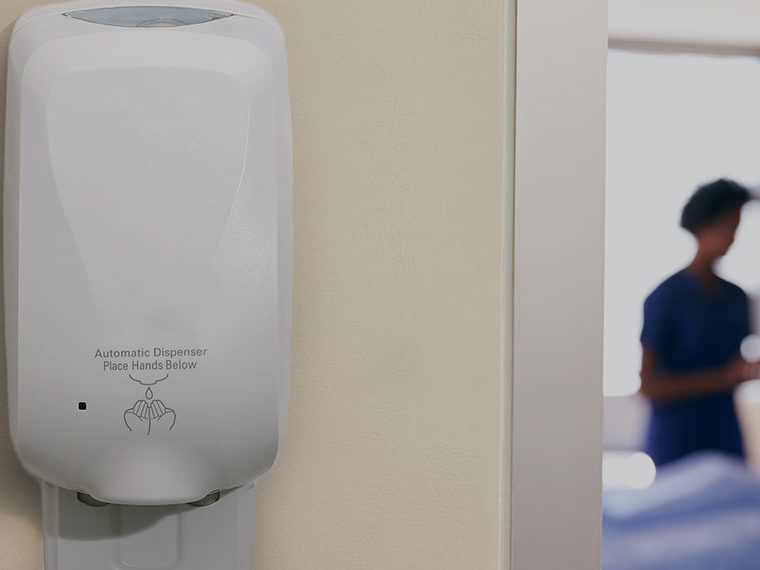Information helps users decide when, and whether, to venture outside or exercise
Suddenly, it seems, everyone knows the air-quality index.
The 2020 fire season was the worst in California history. Blazes consumed more than 4 million acres, destroyed homes and wineries, and killed at least 30 people. Smoke from the fires darkened the skies, turned sunsets a brilliant orange and made it impossible to ignore air pollution.
Thanks to the wide availability of mobile apps, it’s easier than ever to get real-time updates about local air pollution. And the information can be life-saving even on “normal” days. Before the fires raged, Los Angeles had more than 60 days with the air-quality index above 100 — levels considered unhealthy.
Opt In to the Review Monthly Email Update.
While smoky skies have everyone’s attention, it’s a good time to ask: How best to integrate air quality information into people’s daily routines — like a check of the weather — so they can adjust activities and prevent health problems?
Two papers by UCLA Anderson’s Magali Delmas and Aanchal Kohli of UCLA’s Institute of the Environment & Sustainability published in the Journal of Business Ethics and Organization & Environment explore the potential of smartphone apps to inform and alter behavior around local air quality.
The research, which included the development and distribution of an air-quality app, AirForU, seeks to make people aware that suffering through dangerous air quality isn’t the only behavioral option; they can alter behavior by time and place to avoid the worst pollution — for example, working out indoors, wearing protective face masks or adding filtration to home HVAC units.
Upon seeing poor air quality via the app, the two most common changes in behavior were moving exercise indoors and closing windows (roughly 20% each), the authors report. Smaller percentages fiddled with HVAC systems, checked in with a physician or wore a mask. Fewer than 2% skipped school or work based on the app’s data.
The authors found that people with health conditions like asthma or heart disease, or who regularly exercise outdoors, were more likely than others to regularly check the app.
Environmental issues are inherently complex, so having accurate and up-to-date information could help affect behavior — both in terms of protecting one’s own health and in limiting activities that contribute to pollution. Carbon calculator apps have proliferated in recent years, for instance, and more locally some recycling programs have offered apps.
Those whose health is most affected by air pollution are the ones who would benefit most by having air-quality information at their fingertips, Delmas and Kohli note. “It is more important that they engage with air pollution information and adopt health-protecting behaviors compared with the general population,” they write.
For their research, the authors offered the AirForU app for free on leading mobile-app stores. The app, pulling air-quality information from the U.S. Environmental Protection Agency, provided hourly updates about local pollution levels, a next-day air-quality forecast and a brief description of the health effects of different air-quality levels.
Delmas and Kohli tested a dozen different messages with more than 2,700 users who downloaded the app between its launch in October 2015 and the study’s end in June 2017. The messages, sent by email, included warnings of health risks associated with air pollution, such as exercising outdoors when air quality is poor, and its harmful effects on children who suffer from asthma. Some messages called attention to possible harmful effects on children’s brain development and links to Alzheimer’s disease.
For every 10 people who received an email, there were an average of two to three additional visits to the app each week. The content of the messages didn’t seem to matter much — nearly all were equally effective, suggesting that the email simply reminded users to check the app.
Those with preexisting health conditions visited the app one to two more times a week than those without, and those who regularly exercised outside were more engaged than those who did so infrequently.
App users were able to offer personal feedback in a survey and also via the app store. One user liked having specific data: “I have been told by my doctor not to go outside if it is too hot. Too hot means different things to different people,” the user wrote. Another used local pollution data from the app to help decide where to live. And a third was made aware of a neighboring business that released high levels of toxins.
AirForU usage declined within 12 weeks of downloading the app. By the end of the experiment, about 5% remained actively engaged. This could indicate that users had learned enough about air quality during that time, the authors surmised, or it could mean that new strategies were needed to keep up users’ interest.
“While the air-quality information might have appeared novel the first few times, the repetition of the same information over time led to disengagement,” the authors write. “Therefore, the challenge is to continue providing novel information over time.”
Featured Faculty
-
Magali Delmas
Professor of Management; Faculty Director, Impact@Anderson
About the Research
Delmas, M. and Kohli, A. (2019) Can Apps Make Air Pollution Visible? Learning About Health Impacts Through Engagement with Air Quality Information. Journal of Business Ethics. DOI: 10.1007/s10551-019-04215-7
Delmas, M., and Kohli, A. (2019) Engagement With Air Quality Information: Stated Versus Revealed Preferences. Organization & Environment. DOI: 10.1177/1086026619837690






